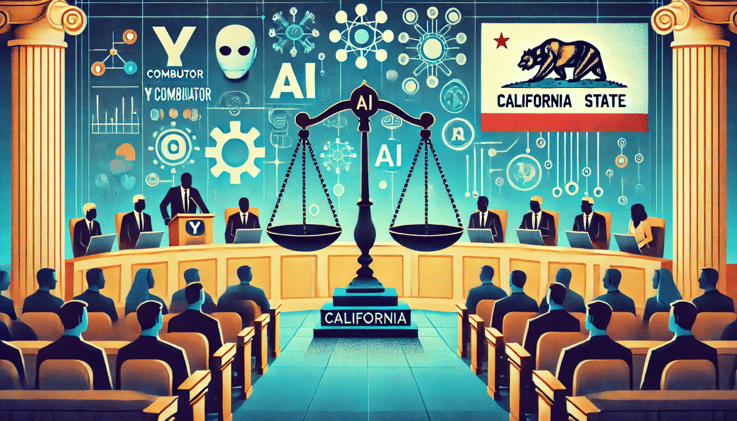Overview of Large Language Models (LLMs)
Defining LLMs
Large Language Models (LLMs) represent a significant advancement in artificial intelligence. These complex systems are designed to generate and understand human language, mimicking the cognitive abilities of humans. Through extensive training on vast datasets containing written texts from various domains, LLMs have demonstrated remarkable proficiency in tasks such as text generation, translation, and even creative writing.
The Evolution of AI: From Simulating Intelligence to Impersonation
The landscape of artificial intelligence has undergone a transformative shift with the emergence of LLMs. These models not only simulate human-like intelligence but also exhibit the ability to impersonate different roles. This capability opens up new avenues for AI applications, ranging from customer service chatbots to creative writing assistants.
Exploring the Impersonation Frontier
The Study: ‘In-Context Impersonation Reveals Large Language Models’ Strengths and Biases’
The groundbreaking study titled ‘In-Context Impersonation Reveals Large Language Models’ Strengths and Biases’ offers profound insights into the capabilities and limitations of LLMs. This research reveals that these models possess remarkable versatility, enabling them to assume diverse personas based on contextual cues.
The Mechanism of Impersonation
LLMs achieve impersonation by analyzing patterns in text, mimicking not only the language style but also behavioral nuances associated with specific roles. This process allows them to adapt their responses dynamically, enhancing their utility across various applications.
Uncovering Strengths and Biases
Strengths: Formal Language Mastery
One of the notable strengths of LLMs lies in their proficiency with formal language. They excel at replicating written texts that require precision and adherence to established formats, making them adept at academic writing or official communications.
Limitations: Colloquial Language Challenges
Conversely, LLMs struggle with colloquial language, which is characterized by informal vocabulary, slang, and conversational tenses. This limitation highlights a bias rooted in the training data, which typically prioritizes formal text over informal communication styles.
Role-Specific Impersonation
The study further elucidates how LLMs can impersonate specific authors or roles with varying degrees of accuracy. For instance, they may replicate the writing style of formal documents while approximating conversational tones based on contextual cues.
The Future of AI: Opportunities and Challenges
Potential Applications: Enhancing Human-AI Interaction
The ability to impersonate diverse roles opens promising avenues for human-AI interaction. Imagine an AI assistant that can adapt its language and behavior to suit individual preferences, creating a more personalized and engaging experience.
Navigating the Risks of Bias
However, the discovered biases pose significant risks in developing equitable AI systems. As LLMs are increasingly integrated into various sectors, it becomes crucial to address these biases to ensure fairness and respect for diverse linguistic cultures.
Conclusion: responsibly Evolving AI
As we traverse the vast landscape of AI innovation, striking a balance between its potential and limitations is paramount. The study on LLM impersonation underscores both their capabilities and inherent biases, guiding us toward more responsible and equitable AI development.
Final Call to Action
In conclusion, while LLMs offer immense promise in transforming human-AI interactions, they must be employed with awareness of their strengths and limitations. By addressing biases and fostering ethical considerations, we can harness the full potential of these models for societal benefit.




